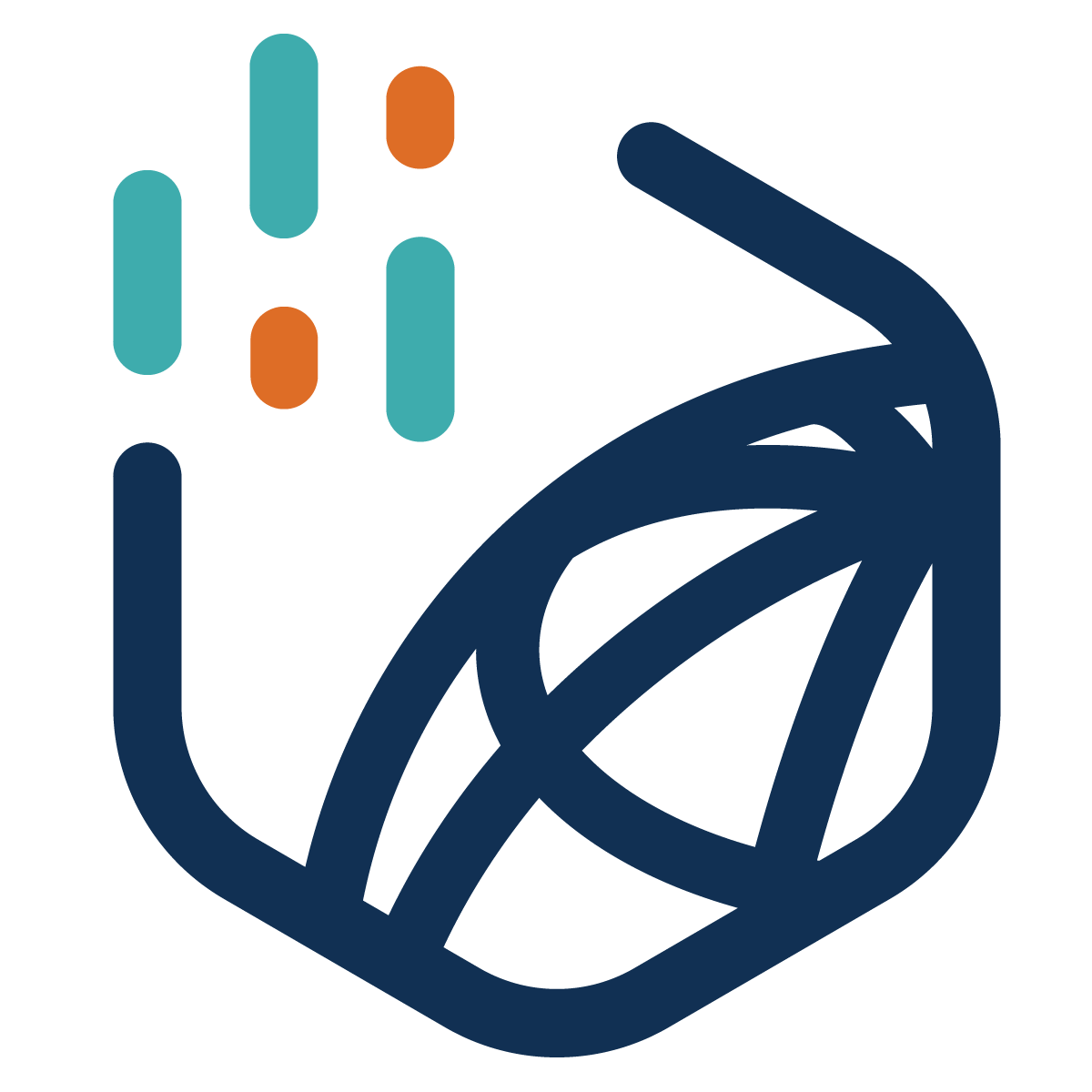Introduction to the Data Lab#
The Data Lab supports World Bank operations – lending, technical assistance, and economic reporting – by coordinating ad-hoc teams of data analysts and specialists from across our organization. Through the Lab, teams solve global challenges using best practices in coding, code documentation, and data visualization.
Unlike a traditional data analysis, which results in a single-use report or visualization, Data Lab products are designed to be customized, reused, and updated, thereby building the capacity of the World Bank and partner organizations to quickly deliver complex data science solutions to pressing global challenges.
Data Lab-supported projects may include:
Data. Data Lab teams provide guidance on how to access the data underpinning all analyses, indicators, and insights. This transparency in data sources supports reproducibility and, critically, re-use in new countries and contexts, over time. Data may include:
Existing Data. Each project may include a curation of datasets – public and private – that will support project objectives. The team prepares this curated list as a table, which includes data type, update frequency, access links, and contact information.
Digitized Government Data. Where needed, a project may also include guidance on government data digitalization and/or management, leveraging AI methods to make disaggregated government records readily searchable and usable.
New Data Collection. A Data Lab project may also incude a field data collection plan (and implementation of that plan, as needed) that includes some combination of household surveys, remote sensing (including drones), and crowdsourcing. Projects may also include guidance (and again, implementation of that guidance) on processing, storage, and cataloguing of all collected data.
All Bank-produced datasets as part of the project can be hosted as a special collection on the World Bank’s Data Catalogue, managed by the Development Economics Data Group (DECDG). The Catalogue receives more than 14 million unique users per month and will ensure value of the investment in data collection will be multiplied.
Analytics. Leveraging curated datasets, the team conducts analytics across a range of topics (e.g., understanding population movement in response to a crisis or monitoring trends in nighttime lights). Each analysis will include original code, documentation, links to original data sources (and/or information on how to access them), and a description of their limitations. Reference resources are also cited, where relevant.
Additional Resources. Links and descriptions of additional resources for each project may include:
Description of common baseline data used to support the analyses – administrative boundaries, population, infrastructure, etc.
Project SharePoint where original data and documents are maintained.
Additional static images and data visualizations.
Project Team. For each project, the World Bank Data Lab recruits colleagues from throughout the World Bank, pooling our collective data talents in support of our lending and technical assistance operations. Project packages include names and contact information for the unique teams that prepared the analytics.
How Data Lab Projects are Managed#
Dynamic, Web-Hosted Documentation. Unless specified otherwise, all code and documentation used to produce the analytics is hosted in a project GitHub repository to facilitate reuse for future updates and projects, as well as to support collaboration and capacity building activities.
Data Catalogue. Where possible, all datasets used in the production of Data Goods are added as entries to the World Bank’s Development Data Hub, where they are tagged with meta data, license attributes, and access information.
Internal Project Management and File Sharing System. To facilitate project management across teams, the Lab creates a Project SharePoint, which includes project management information (work plan, milestones, check-in slides, log of hours charged, final report), related literature, data files, indicator tables, and links to resources, such as this documentation. The advantage of SharePoint for World Bank usage is that all contents are automatically encrypted and tagged as Official Use Only. The project SharePoint is accessible to project team members and, with permission, can be replicated as a basis for future project updates or for similar projects.
